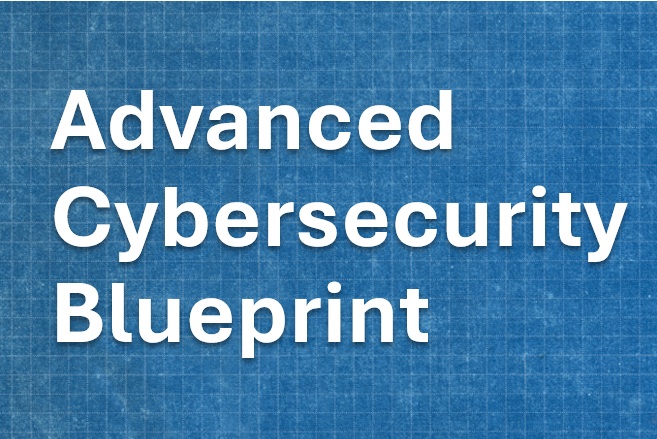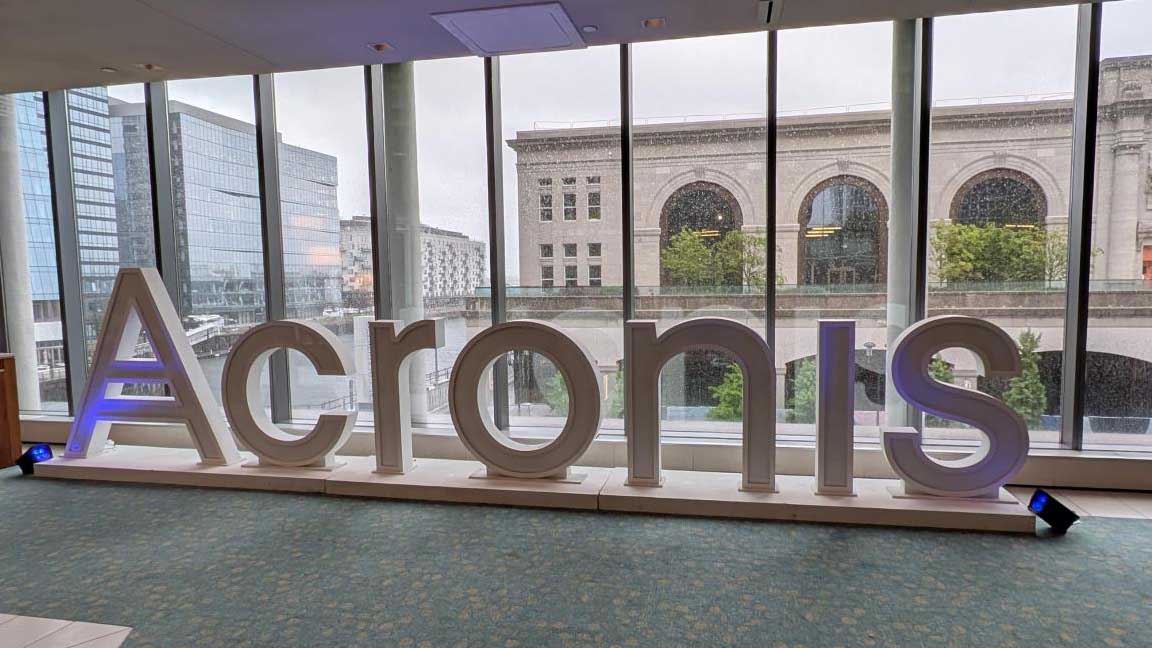Restricted Content
When providing SMB clients with digital asset management tools, don’t overlook the importance of access and control.
By Matthew Gonnering†
Just imagine it: An SMB manages to gather all its logos, images, message documents, and case studies together. It organizes all that content using a new digital asset management (DAM) system. And then it happens.
The SMB suddenly starts getting emails from its sales team that old logos are being used on spec sheets. Someone used Photoshop on the image of a new product box of unreleased software and put it on the homepage. And one of the SMB’s distributors is on the phone wanting to know why his competitor has the new marketing materials and he doesn’t.†
It’s time to reassess digital document management.†
Exercising Control
Improving access to assets is the promise of every DAM service. Less discussed but more important, however, are the controls available to govern access to those assets. Improper governance controls can cause digital assets to be lost, deleted, stolen, modified, or used in ways that work against a company’s business objectives or brand. †
For example, if an outdated logo is used in the channel, confused consumers could ignore new products, undermining months of product development and launch efforts. Using dated images or old product references in new campaigns could set branding efforts back severely. Information made public prematurely will give competitors an unfair jump on an SMB’s innovative product differentiators, harming financial performance. †
Nevertheless, DAM systems are the one of the best ways for creative operations to compete in the digital age. The key to doing more good than harm is to find a DAM solution that provides the levels of granular control an SMB needs. †
To avoid these problems, many DAM systems offer workflow tools that enable different classes of users to have different levels of access to assets. This includes the rights to view, comment, edit, download, and forward materials. Also required are features that enable rights to be triggered by other rights. For example, Group B should be restricted from downloading an asset until User A has approved it. These capabilities are essential for a DAM system to extend beyond simply a digital repository and become a tool for managing workflow.
A System of Governance
Access and control tools help ensure that only current and approved assets are used by those with the responsibility and authority to access them. Generally, compani es deploy DAM with three buckets of users–administrators, internal users, and external users.†
es deploy DAM with three buckets of users–administrators, internal users, and external users.†
- Administrators–Typically in marketing, these folks are the “Grand Poobahs” of rights. They have visibility to all assets, users, and features of the system, including the ability to upload and download files, add metadata, and edit and change version numbers. Administrators can delete, view, and order all assets, as well as create users and roles, and run reports.
- Internal Users–Typically in sales, Web, and product teams (among others), this group has selective access to view or order particular groups of assets or all approved assets. Also, they have controlled access to various system features. Some may have access to upload assets and add metadata. Generally, internal users would not have the ability to delete or overwrite assets or administer the system.
- External Users–This group, which may include outside agencies, media, partners, and sales channel partners, has selective access to view or order particular groups of approved assets. Rarely would they have permission to upload assets or add metadata.
Most any reliable DAM solution should have technologies in place that will embrace and enforce the governance your SMB client is needing, especially when it comes to permissions.
In general, most DAMs offer some governance over rights management. Many fall short, however, in areas of tracking, alerts, and rights management features that take advantage of an enterprise environment. †
The beauty of many enterprise-class and work-group DAM solutions (versus out-of-the-box DAM software) is that they enable organizations to designate several different groups or tiers of users. For example, an organization could have a group of “Super-admins” that can see everything, but also grant administrative-level consent to users responsible for Brand A vs. Brand B. Below that level of access are user groups with permission to search and retrieve certain approved and current assets.†
(versus out-of-the-box DAM software) is that they enable organizations to designate several different groups or tiers of users. For example, an organization could have a group of “Super-admins” that can see everything, but also grant administrative-level consent to users responsible for Brand A vs. Brand B. Below that level of access are user groups with permission to search and retrieve certain approved and current assets.†
The Challenge for SMBs
Keeping all of this straight is critical, but difficult. Internal and external roles as well as a corresponding “permissions” structure can become extremely complicated for SMBs to manage. ††
If possible, it’s a good idea to show SMBs how other global brands have deployed their digital asset management systems and strategies through phases. Show clients about the roles past clients have set up initially and how they determined appropriate groups of digital assets to implement.
If you don’t have previous examples to share, talk to the DAM provider. Ask them for case studies. A solid DAM partner will help your SMB client find the best way to get to where it needs to go. ,
An SMB that can freely allow outside agencies to contribute to a DAM system is greatly empowered. If outsiders can by add new digital assets to the company’s DAM while, at the same time, insert metadata or transfer digital content, the SMB can become very efficient in the handling of documents.
It will take strategic guidance, however, to get those powers in place with the appropriate limits. A governance configuration will be needed. A service-minded DAM provider should be able to help.
MATTHEW GONNERING is CEO of Widen Enterprises, a Madison, Wisc.-based provider of digital asset management software and services.














